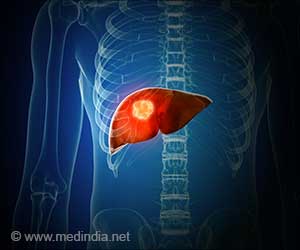An novel algorithm has been developed by a UC Davis School of Medicine researcher to treat a wide range of disorders from chronic pain to epilepsy.

"Sodium channels transmit pain and are the sites of action of local anesthetics," said Vladimir Yarov-Yarovoy, an assistant professor of physiology and membrane biology at the UC Davis School of Medicine who developed the models in collaboration with researchers from the University of Washington in Seattle. "They are critical targets for new drug development for the treatment of chronic pain, epilepsy and other conditions caused by gain or loss-of-function mutations in voltage-gated sodium channels, which hyperexcite sensory neurons or attenuate action-potential firing causing pain or seizures."
Serious chronic pain affects at least 116 million Americans each year, and epilepsy affects nearly 3 million Americans and 50 million people worldwide. Yet, the treatment of chronic pain and epilepsy remains a major unmet medical need.
"Currently available drugs for these conditions have limited effectiveness and significant side effects," said Yarov-Yarovoy. "While the research community has focused on identifying selective inhibitors of sodium-channel subtypes in nerve, heart and muscle cells, no new therapies have advanced to clinical trials. The algorithm is an innovative approach that fosters the design of novel subtype-selective sodium channel blocking drugs that have high efficacy and minimal side effects to treat these disorders."
Yarov-Yarovy developed his high-resolution structural models using the Rosetta computational methods along with available X-ray crystallography and experimental data. The models sidestep a significant challenge to researchers -- the inability to obtain X-ray crystallography structures for the resting and intermediate states of the sodium channel because of their instability and the limitations of current X-ray crystallization techniques.
"To fully grasp the mechanism of voltage activation, we need to know more than one conformation of the voltage-sensing domain," said Benoít Roux, professor of biochemistry and molecular biophysics at the University of Chicago. "So far, X-ray crystallography has provided only the structure of the channel in the activated-state. The careful computational modeling developed by Yarov-Yarovoy is a powerful technique that is absolutely critical to advance our understanding of these systems."
Advertisement












